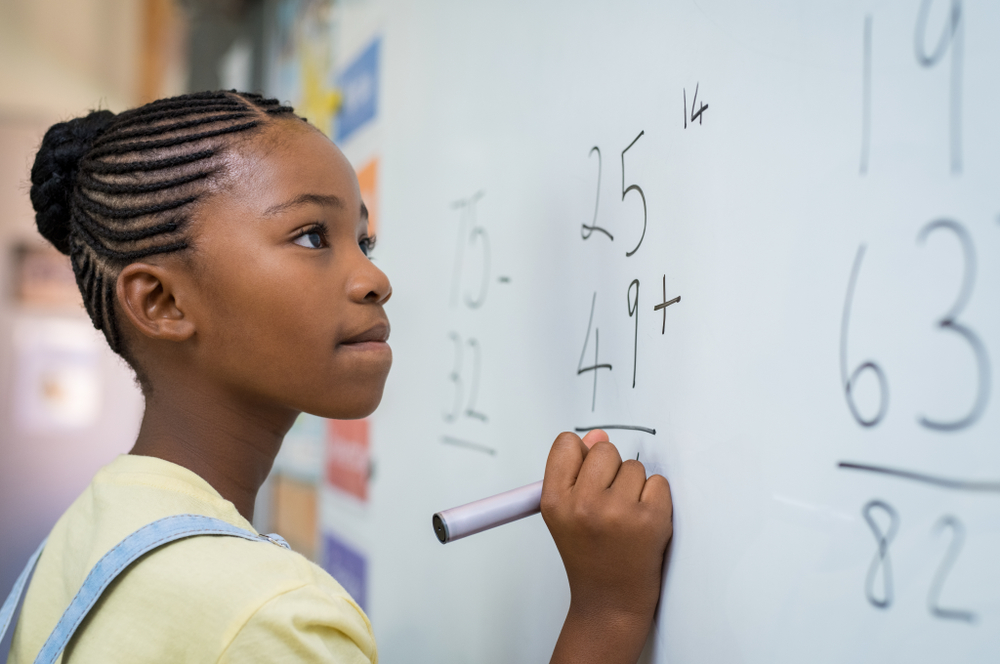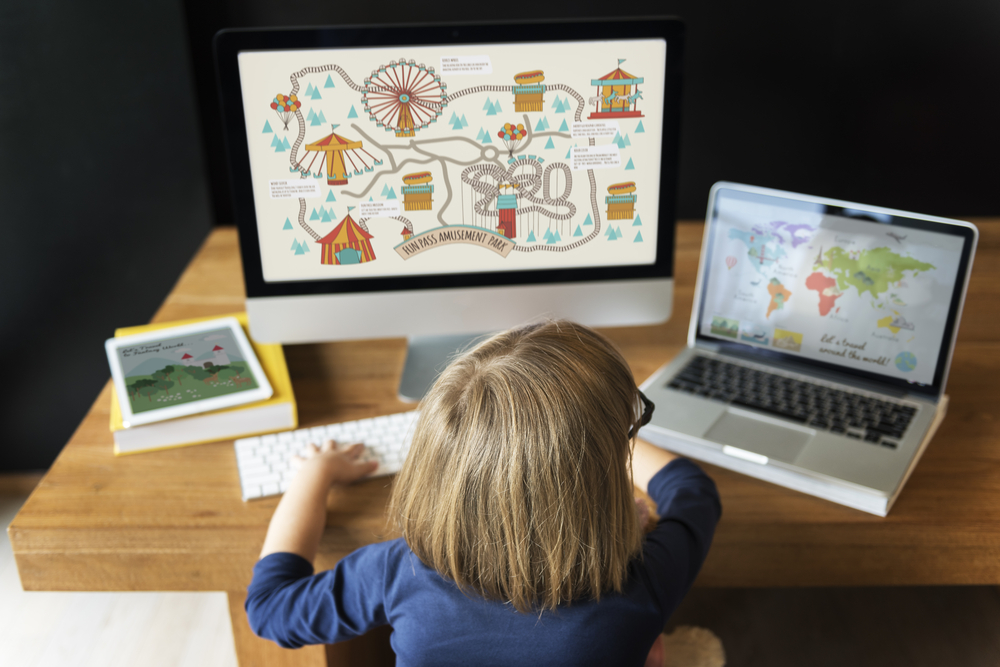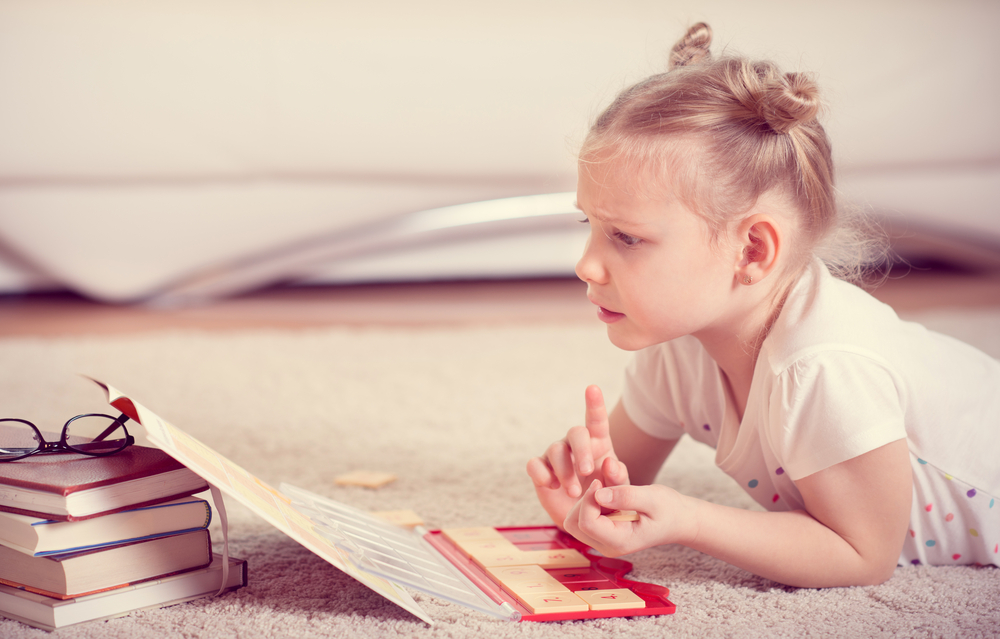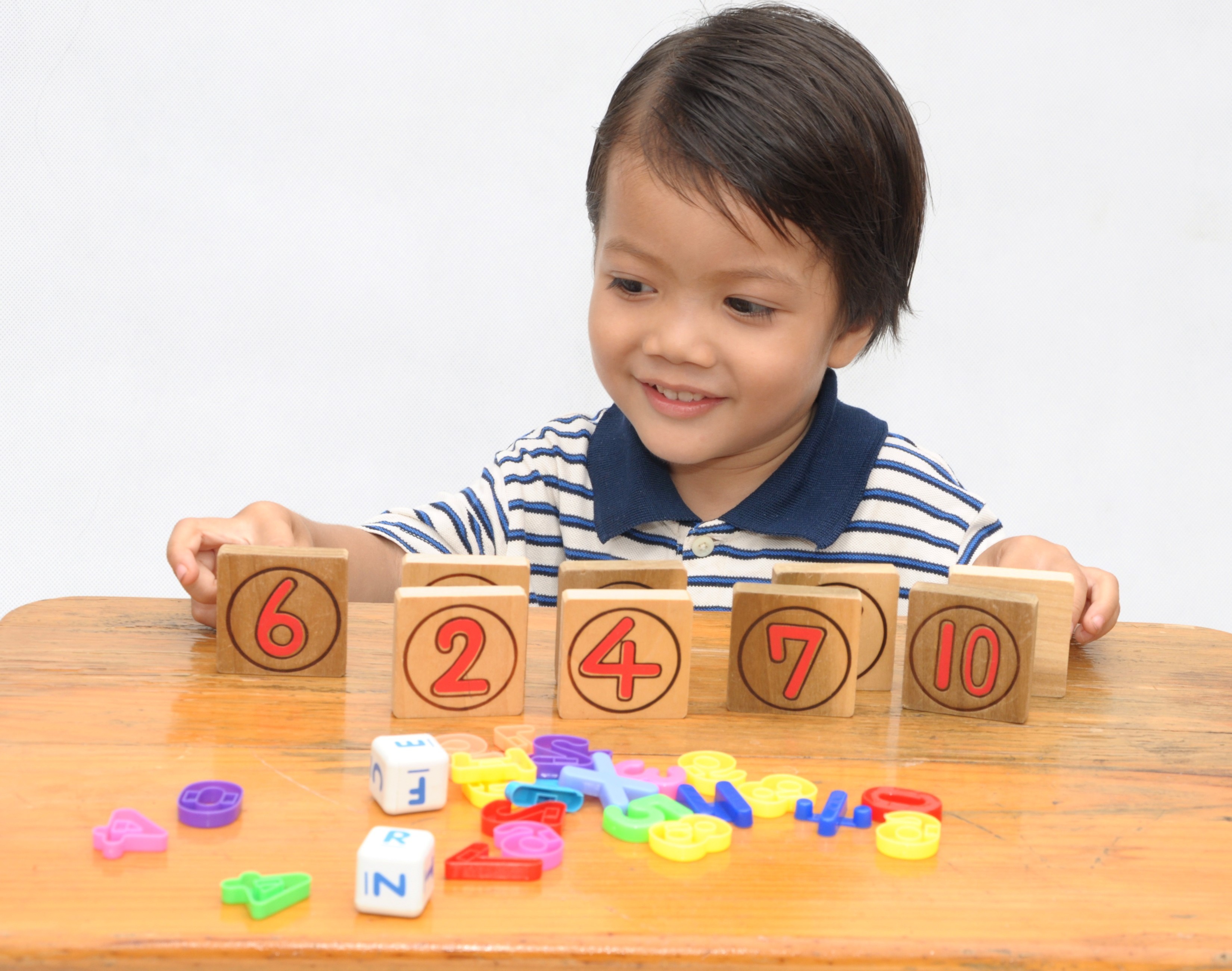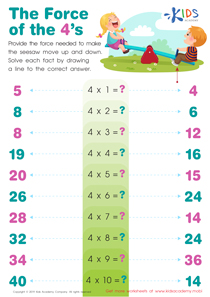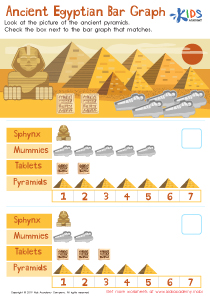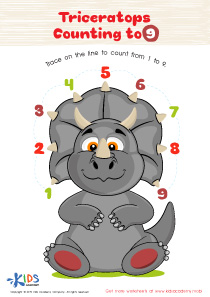Color recognition Easy Math Worksheets for 7-Year-Olds
5 filtered results
-
From - To
Discover our engaging "Color Recognition Easy Math Worksheets for 7-Year-Olds" designed to enhance your child's learning experience! These worksheets combine essential math skills with vibrant color recognition exercises, perfect for young learners. Each worksheet features fun, interactive activities that promote critical thinking, problem-solving, and creativity. Your child will enjoy identifying colors while solving simple math problems in a playful, visual format. Ideal for classroom or home use, our worksheets are tailored to fit the developmental needs of 7-year-olds. Boost early math abilities while fostering a love for learning through colorful and entertaining activities. Start your child's math adventure today!
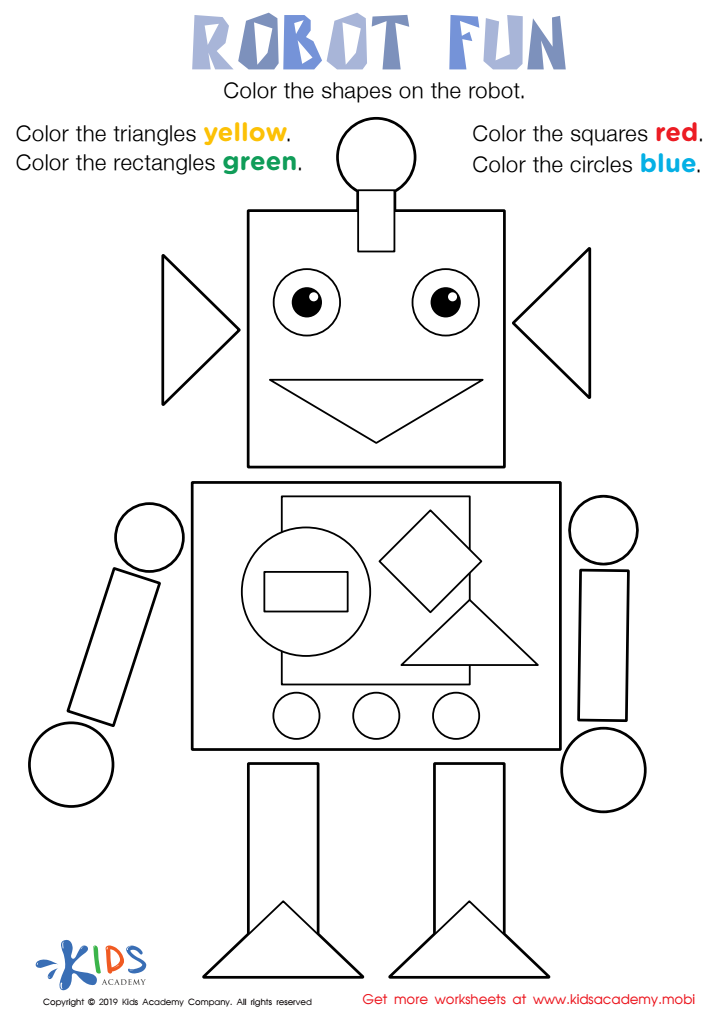

Robot Fun Worksheet


Fruity Array Quest Worksheet
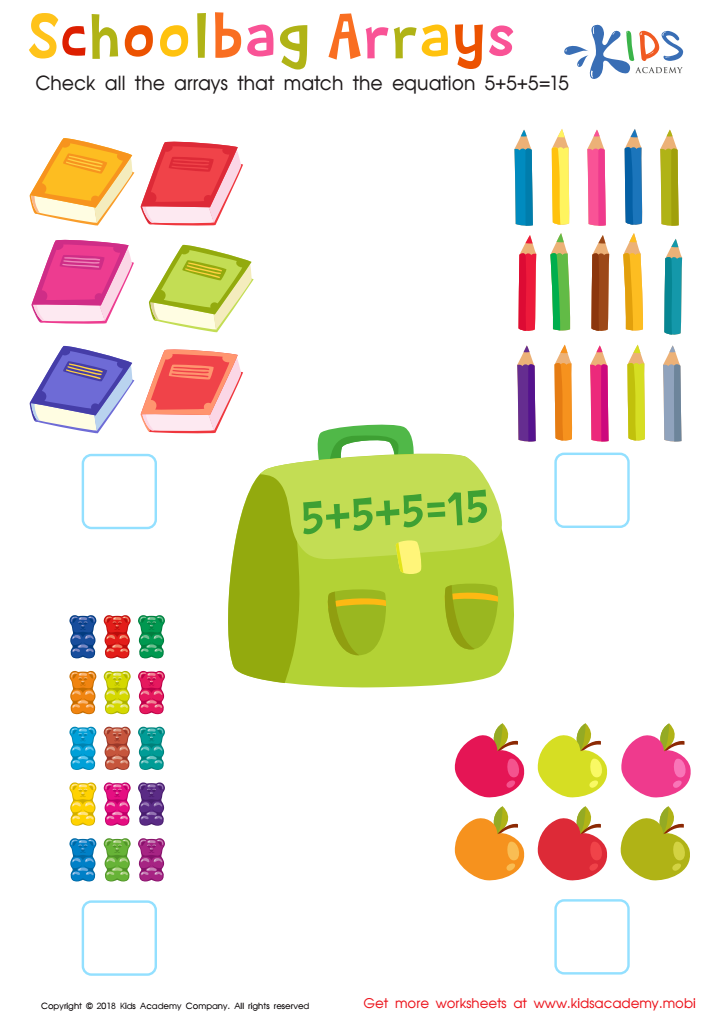

Schoolbag Arrays Worksheet


Party Arrays Worksheet
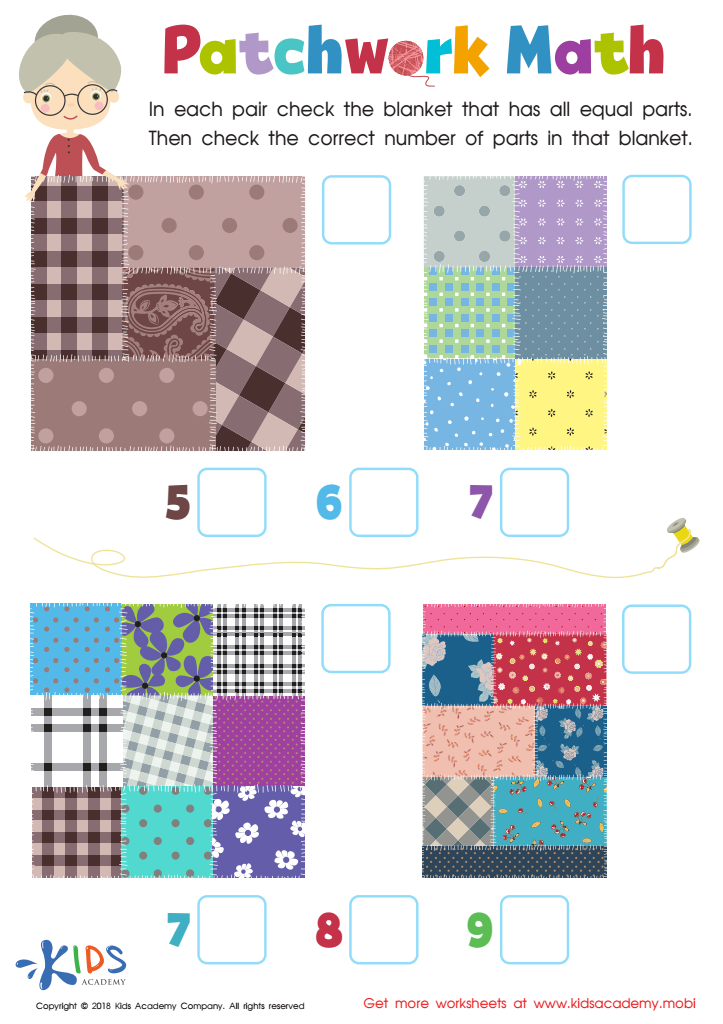

Patchwork Math Worksheet
Color recognition and easy math skills are foundational elements in a child's learning journey, especially for 7-year-olds. At this age, children are developing key cognitive skills, and understanding colors plays a role in this process. Recognizing colors helps young learners in categorization, which enhances their organizational and observational skills. Furthermore, colors are often used in early math activities, such as sorting, counting, and grouping objects, which supports a child's mathematical thinking.
Moreover, engaging with both color recognition and math fosters creativity, as many educational activities incorporate arts and crafts. Teachers and parents can create fun, interactive lessons that combine these elements, making math learning enjoyable and relatable. For instance, using colored blocks for addition problems not only reinforces math concepts but also keeps students interested.
Understanding the basics of colors and math also helps build a child’s confidence. When children can successfully identify colors and solve simple math problems, they experience a sense of accomplishment that encourages further exploration and learning. Ultimately, caring about these basic skills equips children with the tools they need for more complex academic challenges and helps cultivate a lifelong love of learning.
 Assign to My Students
Assign to My Students





